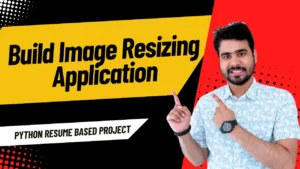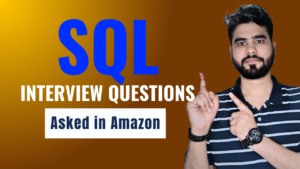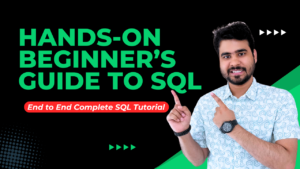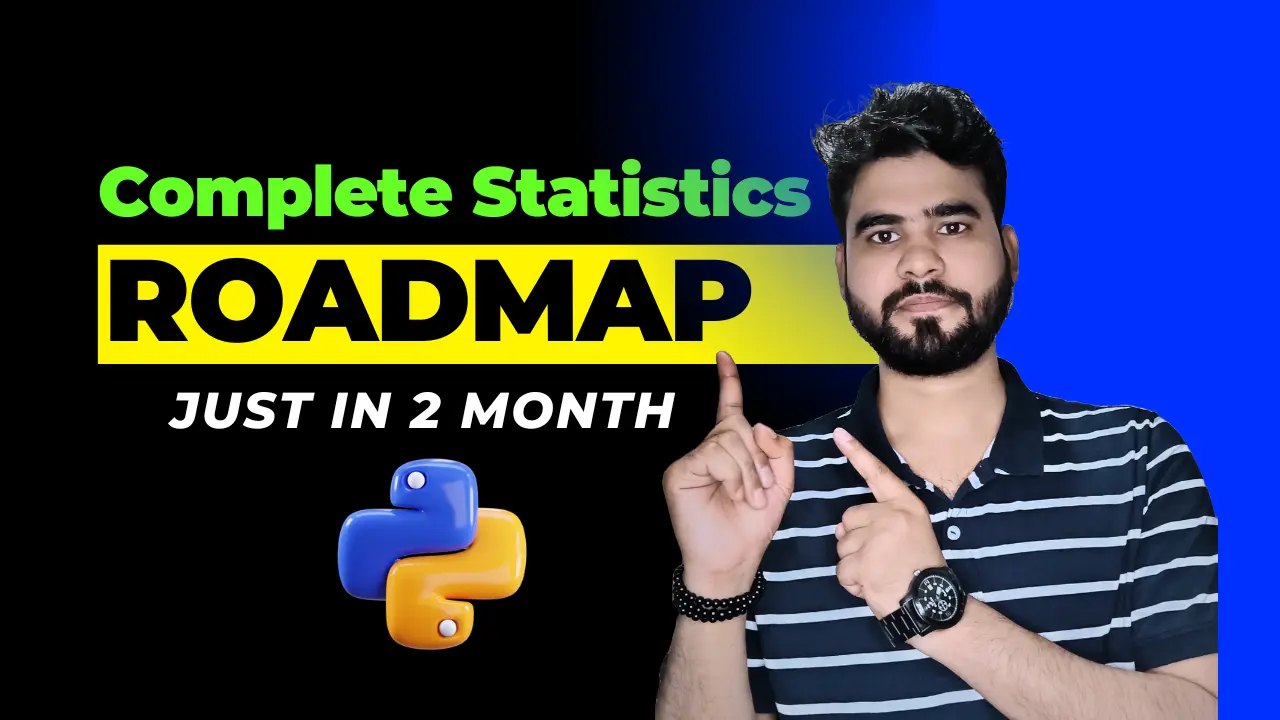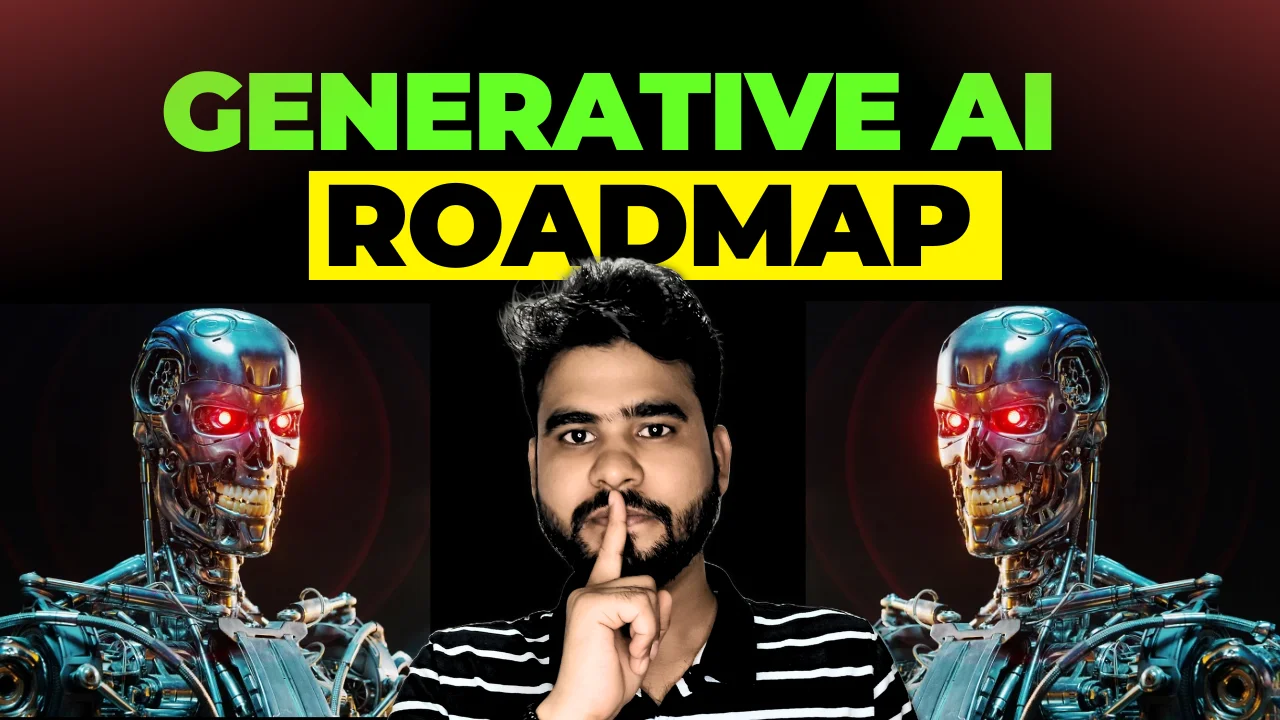Python is one of the most popular and fastest-growing programming languages used by data scientists and web developers around the world. If you have just started learning Python or are looking for a step-by-step roadmap, you’re in the right place. This blog will guide you through a step-by-step plan with helpful resources to learn Python.
Table of Contents
Toggle1. Start with the Fundamentals of Python
Begin by learning the basics of Python. The more time you spend mastering the fundamentals, the better you’ll be at solving problems with Python.
Basics of Python:
- Learn Python syntax, variables, data types, and basic operations.
- Understand control flow structures such as if statements, loops, and conditional statements.
Functions and Modules:
- Learn how to define functions and work with built-in and user-defined functions.
- Understand the concept of modules and how to import and use them in Python scripts.
Data Structures:
- Master fundamental data structures like lists, tuples, dictionaries, and sets.
- Learn how to manipulate and iterate through these data structures effectively.
Input/Output and File Handling:
- Understand how to read user input from the console and write output to the console.
- Learn file handling techniques for reading from and writing to files using Python.
There are many free and paid resources available online to help you explore the basics.
2. Learn Intermediate level of Python
Object-Oriented Programming (OOP):
- Learn the principles of object-oriented programming such as classes, objects, inheritance, polymorphism, and encapsulation.
- Practice implementing OOP concepts in Python to build reusable and maintainable code.
Exception Handling:
- Understand how to handle exceptions and errors gracefully in Python using try-except blocks.
- Learn about exception hierarchies and best practices for error handling.
Regular Expressions:
- Explore regular expressions (regex) for pattern matching and text manipulation in Python.
- Learn how to use regex functions and metacharacters to search, match, and manipulate strings.
Functional Programming:
- Understand functional programming concepts such as higher-order functions, lambda functions, and map, filter, and reduce functions.
- Learn how to write functional-style code in Python for improved readability and maintainability.
Advanced Data Structures:
- Dive deeper into advanced data structures like stacks, queues, heaps, and graphs.
- Understand their applications and how to implement them efficiently in Python.
Resources
3. Learn Advanced level of Python (For Data Science/ AI Engineer)
Advanced Topics in Python:
- Study advanced features of Python such as decorators, generators, context managers, and descriptors.
- Understand metaprogramming concepts and techniques for dynamic code generation and modification.
Concurrency and Parallelism:
- Explore concurrency and parallelism in Python using threading, multiprocessing, and asynchronous programming with asyncio.
- Learn how to write concurrent and parallel code to improve performance and scalability.
Database Programming:
- Learn database programming with Python using libraries like SQLite, MySQL, PostgreSQL, or MongoDB.
- Understand how to connect to databases, execute SQL queries, and perform CRUD operations from Python scripts.
Web Development with Python:
- Explore web development frameworks like Django or Flask for building web applications in Python.
- Learn how to design and implement web APIs, handle HTTP requests and responses, and work with databases in web applications.
Testing and Debugging
- Understand testing frameworks like unittest, pytest, and doctest for writing automated tests in Python.
- Learn debugging techniques and tools like pdb and logging for identifying and fixing errors in Python code.
Resources
4. Practice Coding Interview Questions
Once you know Python basics and data structures, start solving coding interview questions. This will improve your problem-solving skills and prepare you for interviews. You can find lists of Python practice questions online ( Hackerank / Leetcode Platform).
I hope you enjoyed this article Complete Python Roadmap with learning resources. Feel free to ask any questions in the comments below!


